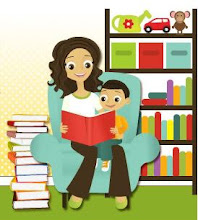Playdough Fun
What To Do:- Find your favorite playdough recipe on-line. When working with young children, I prefer a non-cook version like the "No-Cook Play Dough" recipe on this page. I suggest adding a few drops of food color to the water.
- Gather ingredients. Your child can help you measure, pour, stir, and knead.
- Allow children adequate time and space to play with the dough. Adding objects like rolling pins, cookie cutters, mallets, plastic forks/knives will extend children's experience with the dough. Discount School Supply makes some great (and affordable!) play dough tools like pizza cutters and rolling pins.
- Optional: For scented playdough, add powdered drink mix to the water instead of food coloring!
What Children Learn:
- Math - measuring ingredients
- Chemistry - Difference between solid and liquids and what happens when you add liquid to dry ingredients
- Colors - Allow children to choose what color you will add to the water; you can extend this learning by dividing the water in half and make 1/2 red and the other yellow. When children pour the two colors into the mixing bowl, they will observe the color change!
- Fine motor skills - kneading, rolling, pinching, and exploring playdough exercises the muscles in the fingers which children will need to hold a pencil or tie their shoes!
- Literacy - add letter-shaped cookie cutters while children are playing with the play-dough
- What will happen if we mix this red water with this yellow water?
- What do you think will happen when we pour the water into this bowl?
- How does the playdough feel? (This is a more open-ended question than, "Is it sticky?" or "Is it soft?")
- Making complicated models as children may become frustrated when they cannot duplicate your model.
- Telling children what to make and how to make it. Let THEM be their own designers, architects, and creative thinkers!







great recipes at that link. we've made the kool aid play dough before, but i think we're going to try some of the others.
ReplyDelete